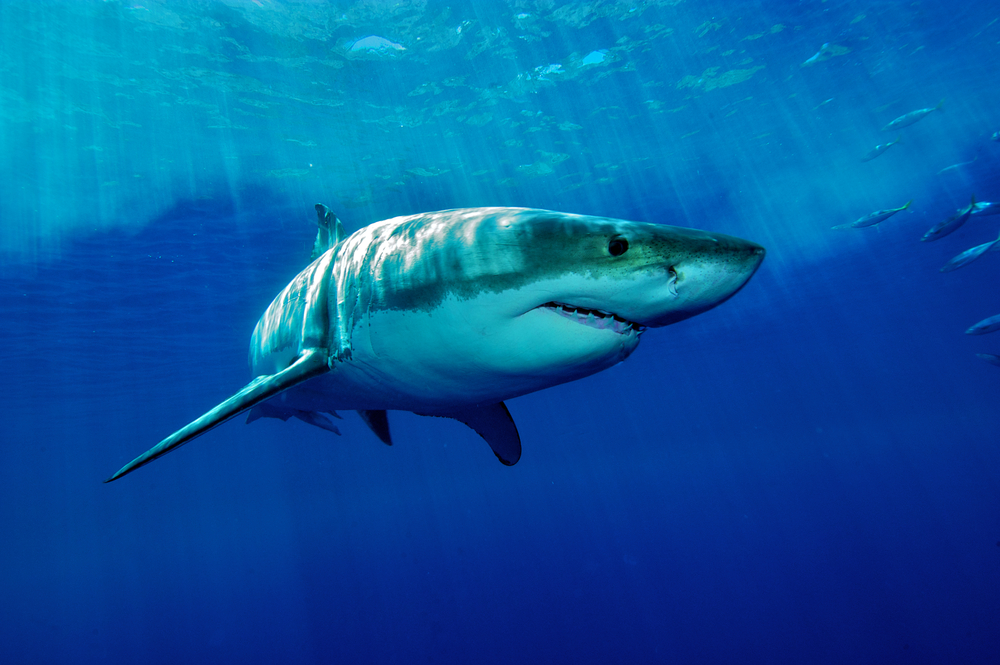
Open water swimming can be quite fearsome for many triathletes. The reason behind this fear of swimming in open water is because most triathletes complete their training inside the safety of a swimming pool, with a lifeguard, walls to rest on, ropes that help in keeping the water calm and also to grab them if required and last but not least, a shallow bottom on which even the unprofessional would feel safe. Swimming in open water, on the other hand, is a different ballgame altogether.
For starters, swimming in open water will lack all of these conveniences. And yes, while there might be a lifeguard present, he will likely be a good 50 to 60 yards offshore. So while the open water swim challenge in a triathlon can be quite an exciting prospect, it is extremely important to be aware of the surrounding area as well as need to practice safe swimming before going for the real stuff.
Given below are some suggestions and tips that may help participants overcome the fear of the open water swim challenge in a triathlon:
Open Water Swim Familiarity
One of the best ways to overcome the demands of the open water swim challenge is to practice swimming in open water repeatedly rather than limiting the experience to a swimming pool. This will help you get used to the open water environment, and a chance to familiarize yourself to settings that are different from those of a pool. When practicing, choose a spot where there is a lifeguard present and start with shallow water first. Gradually build your endurance for longer swims by starting with numerous short swims with breaks in between. Plus, swimming in open water will also give you the very real chance of actually lifting your head to see where you are headed, as expected in the open water swim challenge.
Safety comes first
No matter where you swim, safety always comes first. When doing your practice runs, make sure that you swim where there is someone keeping an eye on you. And if you are training under supervision, always let them know of your plan and the location to where you would be swimming. If you are planning to go for training in the open sea or ocean while they are rough, don’t bother. This won’t make you a tough swimmer as the chances are that during an open water challenge the conditions won’t be as extreme.
Use Open Water Swim Techniques
Without a doubt, open water swimming is a very different experience from swimming in a pool. As such the techniques involved for both also vary greatly. For instance when swimming in a pool, the swimmer knows how long and wide the span is and there is a black line at the bottom of the pool as a visual aid. But when swimming in the open all that is taken away and the swimmer needs to rely on their sighting instead. Expert techniques like “heads out” and “alligator eyes” will come in handy and can help direct the swimmer to where they might be heading.
In addition, while swimming in the open water it is important to remember various land marks to help guide you to where you might be swimming. During a triathlon, orange markers will be floating on the water outlining the course for the challenge. So before the race starts, get in the water and practice in sighting those markers while warming up.
Start Out Relaxed
Many triathletes will start out the competition with an all-out effort to place themselves in a forefront position and if it were an open water swim alone, that would be a good way to go. However, a triathlon involves successive stages and if you give a full blown performance at the first stage of the competition, you may be wearied out by the next. Instead begin swimming with a good pace and build up your speed. The gradual increase in heart rate with leave you better prepared for the next stage of the competition.
Typically “dolphining” is considered an effective way to start an open water swim challenge in a triathlon. And while it may not always be possible to dolphin when in a big pack, this is the technique more experienced triathlon swimmers will use.
Learn the Art of Drafting
In swimming lingo, drafting happens when a swimmer swims directly behind or besides another swimmer. This is a technique that saves a substantial amount of energy when swimming. And when there is a race to the win, drafting makes perfect sense.
Practicing in a pool is an ideal way to learn how to draft. Placing yourself within a group of swimmers will not only speed your swim performance but will also be beneficial for the overall triathlon performance.
How do you prepare for open water swim challenge? Share your tips below!